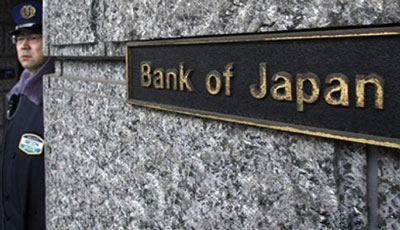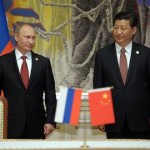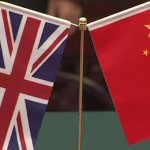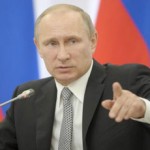The Bank of Japan released Japan’s economy Outlook

Japan’s economy has continued its moderate recovery trend, although exports and production have been sluggish due mainly to the effects of the slowdown in emerging economies. Looking ahead, sluggishness is expected to remain in exports and production for some time, and the pace of economic recovery is likely to remain slow. Thereafter, domestic demand is likely to follow an uptrend, with a virtuous cycle from income to spending being maintained in both the household and corporate sectors, and exports are expected to head toward a moderate increase as overseas economies move out of their deceleration phase. Thus, Japan’s economy is likely to be on a moderate expanding trend.
The year-on-year rate of change in the consumer price index (CPI, all items less fresh food) is likely to be slightly negative or about 0 percent for the time being, due to the effects of the decline in energy prices, and, as the underlying trend in inflation steadily rises, accelerate toward 2 percent. Meanwhile, assuming that crude oil prices will rise moderately from the recent level, it is likely that the contribution of energy items to the year-on-year rate of change in the CPI will decrease from the current level of slightly more than minus 1 percentage point, but remain negative until the end of fiscal 2016.2 Based on this assumption, the baseline scenario is that the timing of the year-on-year rate of change in the CPI reaching around 2 percent — the price stability target — will be during fiscal 2017, although this is accompanied by considerable uncertainties including those surrounding overseas economies going forward.3 Thereafter, the year-on-year rate of change in the CPI is likely to be around 2 percent on average.
Comparing the current projections with the previous ones, the projected growth rates are higher, particularly for the first half of the projection period, due in part to the effects of economic stimulus measures from the fiscal side. The front-loaded increase and subsequent decline in demand prior to and after the consumption tax hike that was planned to take place in April 2017 are likely to be smoothed out by the postponement of the hike. The projected rate of increase in the CPI for fiscal 2016 is lower, mainly reflecting the appreciation of the yen and the delay in the timing of improvement in the medium- to long-term inflation expectations, albeit with the higher growth projections; however, the projected rates of increase for fiscal 2017 and 2018 are more or less unchanged.
As for the conduct of monetary policy, the Bank will continue with “Quantitative and Qualitative Monetary Easing (QQE) with a Negative Interest Rate,” aiming to achieve the price stability target of 2 percent, as long as it is necessary for maintaining that target in a stable manner. It will examine risks to economic activity and prices, and take additional easing measures in terms of three dimensions — quantity, quality, and the interest rate — if it is judged necessary for achieving the price stability target.
Read the full report at: BOJ Outlook for Economic Activity and Prices
Source: BoJ





























